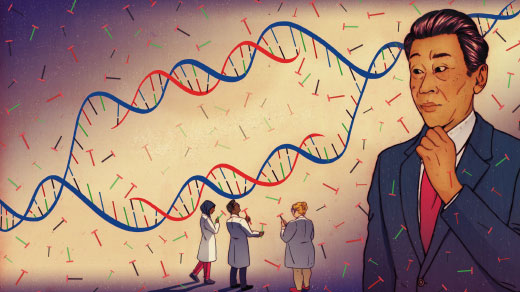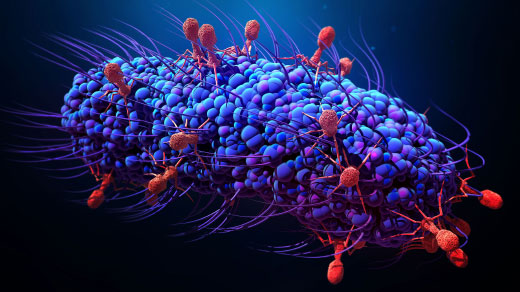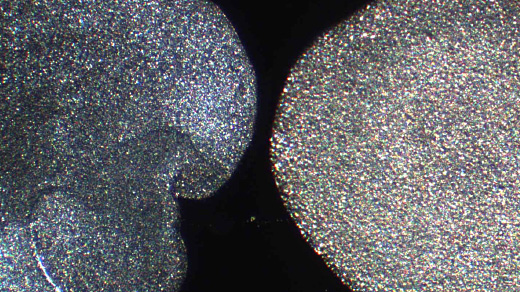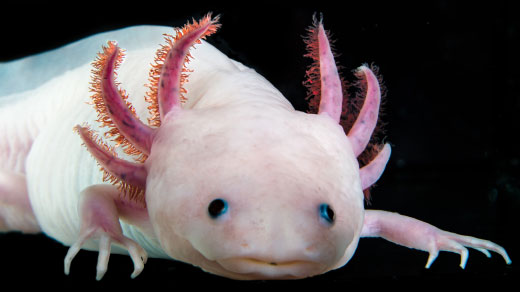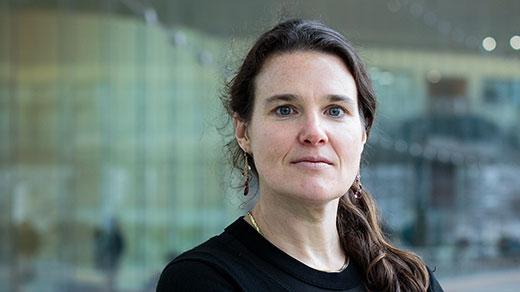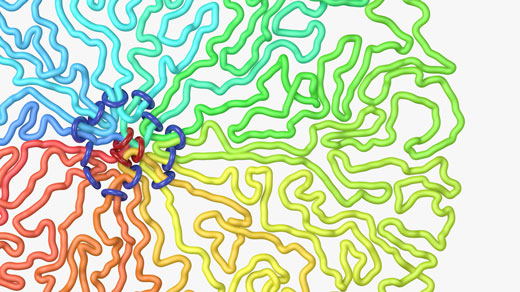What's up in
Genomics
Latest Articles
Theorists Debate How ‘Neutral’ Evolution Really Is
For 50 years, evolutionary theory has emphasized the importance of neutral mutations rather than adaptive ones at the level of DNA. Real genomic data challenges that assumption.
‘Broadband’ Networks of Viruses May Help Bacteria Evolve Faster
A newly discovered mechanism may enable viruses to shuttle genes between bacteria 1,000 times as often as was thought — making them a major force in those cells’ evolution.
Unexpected Diversity Found in 16 New Lab Mouse Genomes
The availability of 16 new mouse genomes will help accelerate research into the genetic underpinnings of human traits and diseases.
World’s Simplest Animal Reveals Hidden Diversity
The first animal genus defined purely by genetic characters represents a new era for the sorting and naming of animals.
Salamander’s Genome Guards Secrets of Limb Regrowth
With a fully sequenced genome in hand, scientists hope they are finally poised to learn how axolotls regenerate lost body parts.
Theory Suggests That All Genes Affect Every Complex Trait
The more closely geneticists look at complex traits and diseases, the harder it gets to find active genes that don’t play some part in them.
How Many Genes Do Cells Need? Maybe Almost All of Them
An ambitious study in yeast shows that the health of cells depends on the highly intertwined effects of many genes, few of which can be deleted together without consequence.
A Statistical Search for Genomic Truths
The computer scientist Barbara Engelhardt develops machine-learning models and methods to scour human genomes for the elusive causes and mechanisms of disease.
How Cells Pack Tangled DNA Into Neat Chromosomes
For the first time, researchers see how proteins grab loops of DNA and bundle them for cell division. The discovery also hints at how the genome folds to regulate gene expression.
